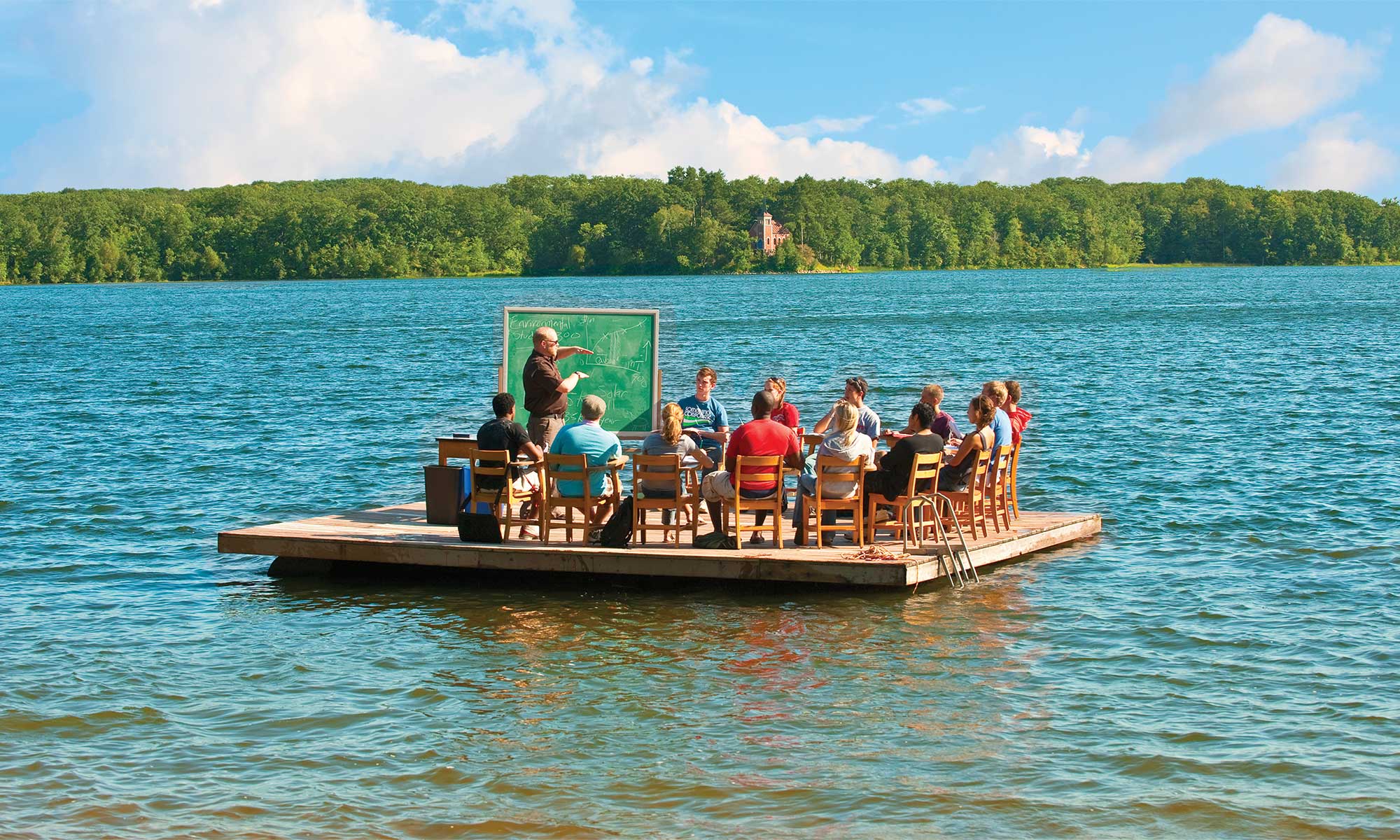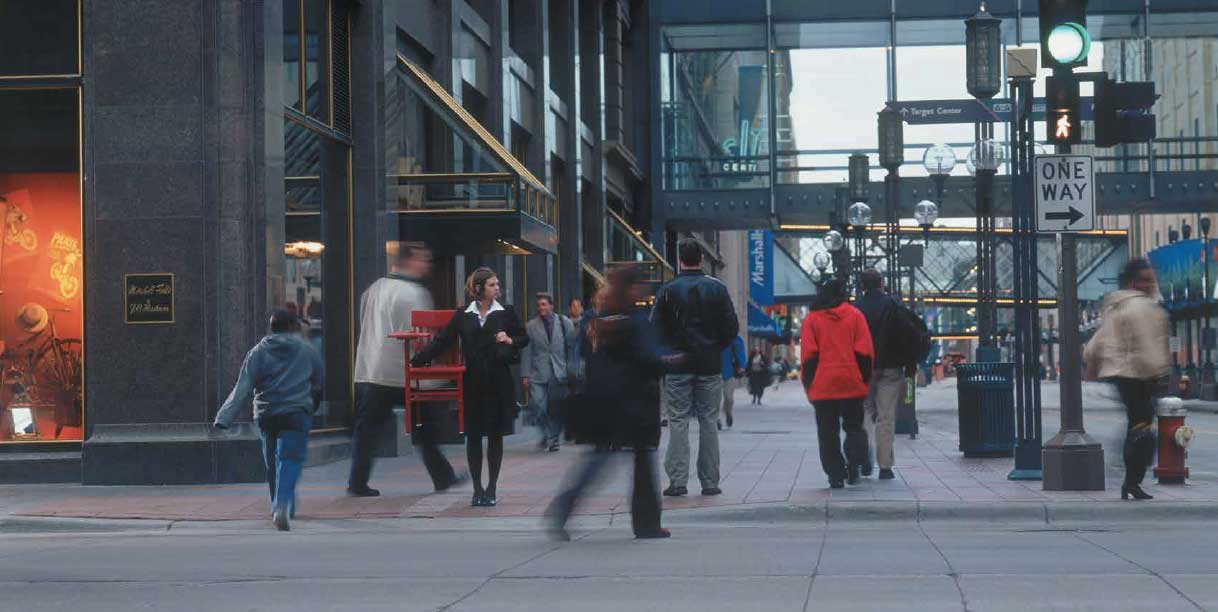I became acquainted with Robert Henri in an American art history course where he was introduced to me by the professor, Gordon Goetemann, as the founder of the Ash Can School, an early 20th-century collective of artists focused on portraying urban life and modern living in America. While I was not captivated by Henri’s paintings (my artistic inspiration came later when I got to know Motherwell, Guston, Frankenthaler, Diebenkorn, and others), I recognized and admired his leading role in shaping American art. Robert Henri, that art history course, and that instructor (an intense man who blended Dionysian passion with Apollonian intellect and who applied a probing, Socratic approach to teaching) greatly influenced my life.
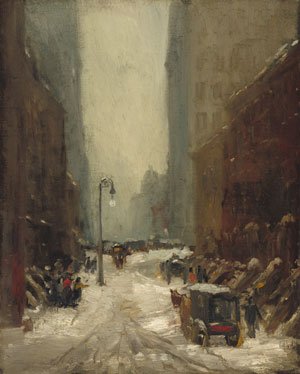
Snow in New York, 1902
Robert Henri
Oil on canvas
32″ x 25 13/16″
National Gallery of Art
It wasn’t until a year later when I happened upon The Art Spirit, a collection of Henri’s writings, that I learned of his work as an educator. The well-worn paperback was a gem mined from a pile of books offered for free outside a professor’s office. The book with its mystical powers conjured up the spirit of Henri and brought him to life. He quickly became my mentor—inspiring me to explore deeply, think critically, and live passionately.
Henri spoke and I listened: “When the artist is alive in any person, whatever his (her) kind of work may be, he (she) becomes an inventive, searching, daring, self-expressive creature. He (she) becomes interesting to other people. He (she) disturbs, upsets, enlightens, and opens ways for better understanding. Where those who are not artists are trying to close the book, he (she) opens it and shows there are still more pages possible.”
There was the challenge.
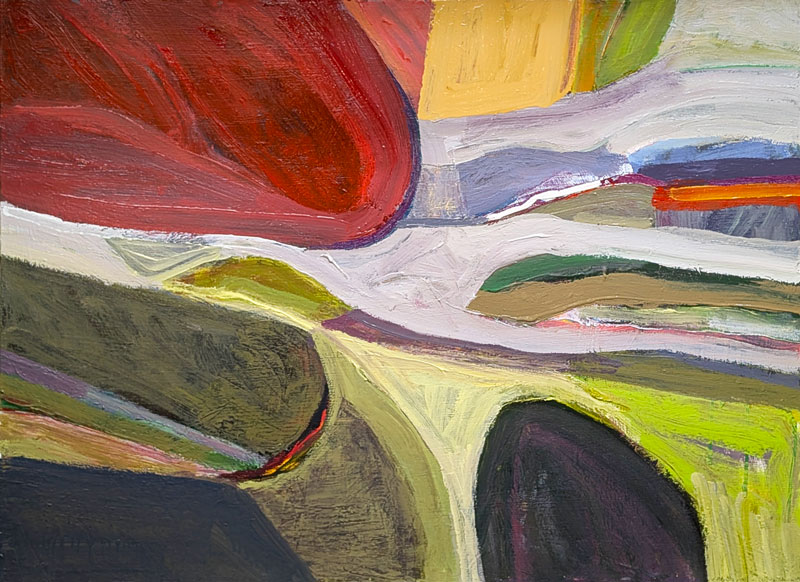
I led Henri’s ghost on a tour of my college and wrote a column for the student newspaper—using excerpts from The Art Spirit to answer the questions I asked of him and to share his observations about campus life. I came to love learning and students and teachers and educational settings.
Henri’s inspiration and Gordon’s teaching led me to a vocation in education with a career focused on “community development.” Recognizing through Henri that students are the lifeblood of a school, I knew that my job as an admission representative and marketer was to seek out and attract students who would infuse our learning community with energy, enthusiasm, and inspiration. Each enrolled student, once a prospective customer, became an integral piece of our product—shaping the experience for all. In this role, my challenge was to go beyond the more mundane promotional activities of persuading and informing and, via Henri’s lead, discover opportunities to connect and inspire.
How do we capture the attention of our audience? How do we creatively share our story? How do we get our messages and experiences to resonate and stick? As I sought answers to these and other similar questions, I found mentors in Chip and Dan Heath—brilliant brothers and authors of numerous books including my favorites Made to Stick and The Power of Moments. Dan, a senior fellow at Duke University’s CASE Center, and Chip, a professor at Stanford’s Graduate School of Business, use research and case studies to seek answers to these and other questions.

Made to Stick
Chip Heath & Dale Heath
Learn more.
They share their findings with us. Keep your messages simple and unexpected. Give concrete examples. Provide credible sources. Use the power of emotion. And tell stories. Do not devote limited time and resources to smoothing out the bumps in the experience of your audience and customers. The bumps don’t matter. Instead, focus on peak moments that elevate, provide insight, increase pride, and make connections.
Henri would agree. “What we need is more sense of the wonder of life and less of this business of making a picture.”
While the Heath brothers have extensive experience in business, their books are meant for a much wider audience. While Robert Henri wrote about art and art education, his instruction reached far beyond the confines of the studio. While Gordon Goetemann was charged with teaching us about American art, his course conjoined art with philosophy, science, music, theater, religion, culture, critical thinking, and inspiration. In our final course project, students researched and assumed the roles of key figures in American art. In character (e.g. Donald Judd, Andy Warhol, Georgia O’Keefe), we met and were tasked with selecting 10 works that best represented American art. After much debate, we chose our 10 and headed to the local sub shop (still in costume) to continue the conversation. Gordon picked up the tab.
Through his teaching methods, it turns out, Gordon was Robert Henri—as passionate about teaching as he was about painting. And decades before the Heath brothers wrote their books, Gordon utilized the same principles to create messages and moments that stuck with his audience.
I loved that course so much that I sat through it a second time.
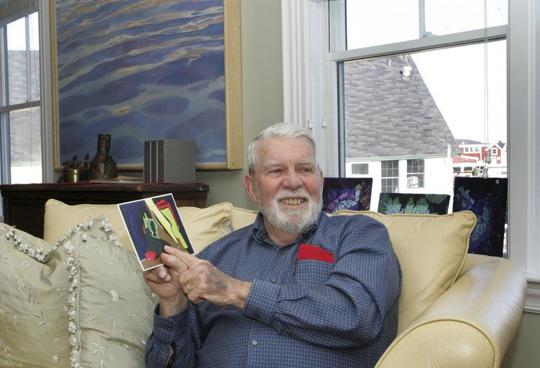
Gordon Goetemann in his Gloucester, Mass. home.
Read Gordon’s obituary.
Twenty years later and a few years before Gordon’s death, my wife, daughter, and I visited him and his wife (also an artist) at their home and studio in Gloucester, Mass. We enjoyed a “Gordy-sized portion” (his wife’s description) of pasta, viewed his magna opus (a series of paintings based on Mahler’s Second Symphony), and shared memories of the art history course and art studio courses I took from him.
The art spirit was very much alive.
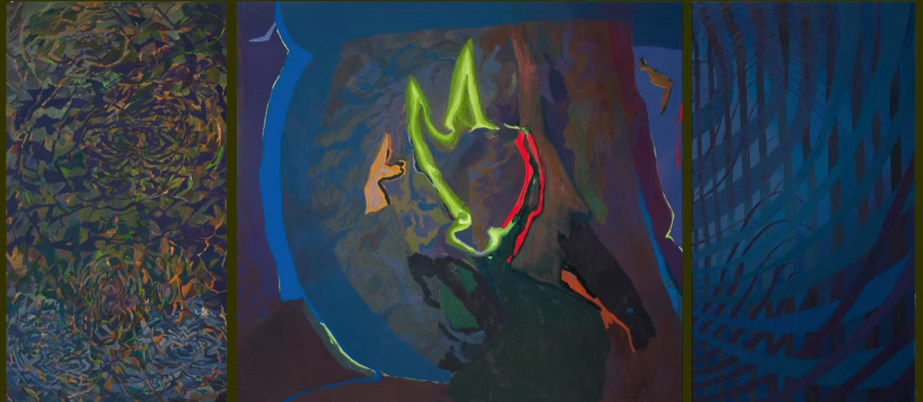
Read about and view the suite of paintings.
